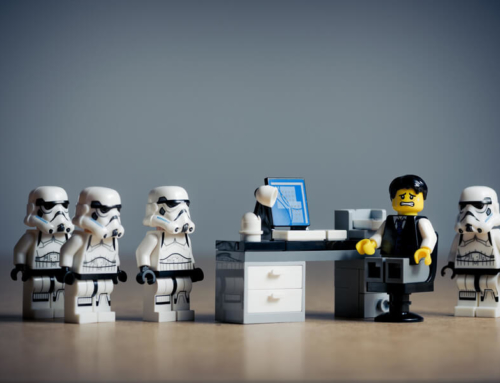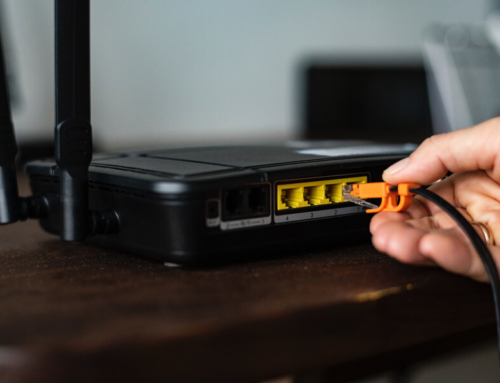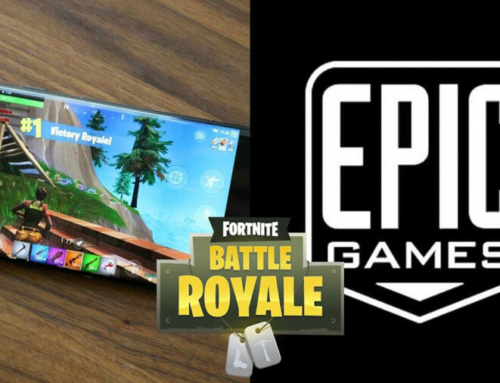WHY BRAND?
“Nobody counts the number of ads you run; they just remember the impression you make.” – Bill Bernbach, Advertising Creative Director
Every brand out there is constantly striving to be the most noticeable, well-known brand in existence. That’s why we brand things in the first place, it gives products and services a face, businesses a platform, and leaves an indelible mark in people’s memory.
But how do you stay current and ensure your brand stands above all others? Looking at ad campaigns over the last decade, it almost seems like marketing departments and agencies are just throwing things at a wall to see what will stick. Truthfully, that’s exactly what they’re doing.
MAINTAINING THE BALANCE
“By definition, remarkable things get remarked upon” – Seth Godin, Author, Entrepreneur, Marketer
There’s a gentle balance to maintain that can’t be ignored when pushing your branding out into the world. If you play it too safe, your brand will look as bland and boring as the color beige. If you take too many risks, your brand campaigns might end up exploding in your face. We’ve seen it go both ways. The trick is finding that sweet spot/magic bullet/pot of gold that makes it all work perfectly and launches your brand into the stratosphere.
“A brand is built on emotional connections with the customer; good, bad and ugly.” – Robin Chakrabarti, President, Empresario Capital Partners
Agencies are generally more prone to risk-taking whereas clients and internal marketing departments opt for a more conservative approach. Everyone can agree that while playing it safe might ensure brand image security, it’s not likely to get you noticed so the only real road left open is to take the risk. Are you ready to gamble with your brand?
A ROCKSTAR OR AN UNIDENTIFIABLE MESS?
Let’s look at the pros and cons of taking risks:
If your campaign receives massive positive response and is a raging success:
- Brand awareness increases
- Lasting impact on your national and international brand
- Increase in sales/profits
- Word of mouth spreads like wildfire
- In short, your brand will look like a rockstar (cue epic guitar solo)
If your campaign crashes so hard that specialists need to be brought in to identify the wreckage:
- Damaged brand reputation
- Loss in sales/profits
- Loss of potential brand partnerships
- Negative word of mouth spreads like wildfire igniting the internet and social media
- Recovery time could be months or years
Taking risks can be a rewarding experience if it works and there are a number of brands who have done this successfully over the years and there are those that are still trying to recover.
For example…
THE WINNERS
Actions Speaking Louder than Words (or Ads) – STARBUCKS: While it may be hard to believe, back in 2008 Starbucks was struggling to maintain its brand. Expensive coffee combined with ‘okay’ service, and a reputation for being ‘the big bad corporate entity’ was hurting sales in a dramatic fashion. Looking to bring Starbucks back to its foundational values, CEO Howard Schultz stepped in and closed 7,000 stores for several hours in order to retrain baristas and start the brand on the road to recovery. Schultz explained, “The unprecedented decision to literally close stores–which cost us millions of dollars–was done to demonstrate how serious and committed I was to making sure we go back to the core.” Did it work? Can you throw a rock without hitting a Starbucks these days? Yes, it worked.

Shooting for the Stars – RED BULL: There are few companies out there who would be willing to send someone to space and then let them plummet back to earth. In 2012, as an extremely brave nod to their tagline ‘Red Bull Give You Wings’, the company sent Felix Baumgartner 130,000 feet into the sky so he could break all sorts of world records, becoming the first person to break the sound barrier without being in any sort of craft, when he fell back to the earth at 843 miles per hour. “What I realized,” said Gregg Colvin, SVP at Universal McCann, “is that if the alignment works, then the benefits outweigh the risks. To have a stunt like that, it’s on brand.” The risk involved with this experiment was enormous. If for any reason Baumgartner had died, the campaign wouldn’t just have been a catastrophic failure, it likely would have damaged Red Bull’s brand beyond repair. Fortunately, it was a huge success that dominated social media and reinvigorated the Red Bull brand.
Challenging Social Perception – DOVE: Most soap companies try to sell soap. Dove not only sells soap but also takes an intelligent and socially controversial stand in their marketing efforts in order to change social perceptions and make people think. The ‘Real Beauty’ campaign launched in 2004 did exactly that. Originating in London and Canada, this campaign started as billboards asking motorists if they thought the pictured women were “fat or fit?” or “wrinkled or wonderful?” Uniquely timed to strike at the beginning of the social media revolution the campaign quickly went viral and sparked conversations and controversy that challenged the notions of real beauty. Despite a small amount of backlash from groups accusing Dove’s parent brand of being hypocritical, and some female groups disliking the idea of having their insecurities put on display, the campaign was a massive success that separated Dove from all other competitors.
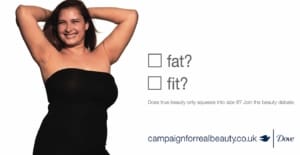
Pushing (Up) the Risk Factor – WONDERBRA: Sex sells. We all know it. But few have managed to properly harness that concept and execute it as a successful campaign as Wonderbra did in 1994. Facing a product License renewal, the company decided to do something edgy and provocative to showcase their push-up Wonderbra line. First launching in the UK, the focal point of the campaign was a billboard poster featuring model Eva Herzigová in a Wonderbra looking down at her breasts along with the caption “Hello Boys.” The message was toned down for the US release but the branding remained the same and the controversy, near fatal car accidents from distracted drivers, and sexual appeal of the image skyrocketed sales by a whopping 41%. Playtex confirmed that the months following the campaign saw average sales of 25,000 bras per week. The campaign itself has won accolades such as ‘Campaign of the Year’ and ‘Most Iconic Advertising Image of All Time’. Risky. Sexy. But it worked.
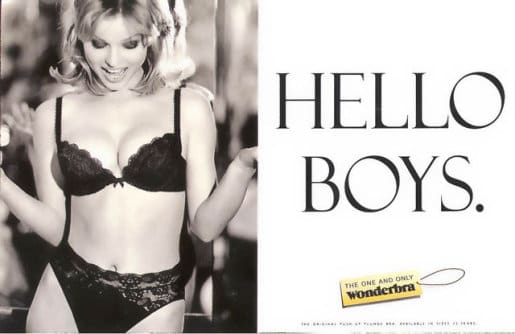
The Birth of Viral Marketing – THE BLAIR WITCH PROJECT: The branding behind The Blair Witch Project was nothing short of genius. Taking a huge marketing risk that has yet to be duplicated, the film is cited as the first internet viral campaign. Being among the first to utilize the ‘found footage’ angle, the marketing team behind the movie pushed the film as being actual real footage that depicted the disappearance of three teenagers under strange circumstances. Building a website that contained fake police reports and newsreel-style interviews, controversy as to whether the film was ‘real’ or not spread across internet chat rooms (pre-social media) and message boards and brought the audiences out in droves. The film was shot for just $60,000 but went on to gross $248,000,000 worldwide and still sits among the top 100 horror movies of all time.
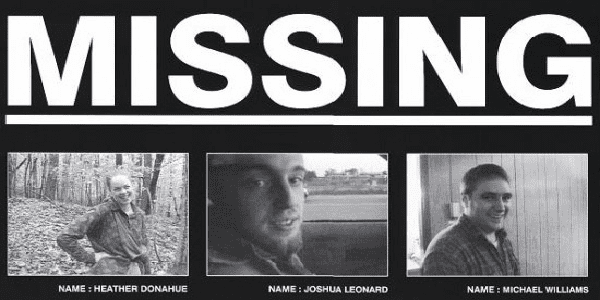
THE LOSERS
When Sex Fails to Sell – VICTORIA’S SECRET: Victoria Secret isn’t going anywhere soon but in 2014 the lingerie juggernaut launched ‘The Perfect Body Campaign’ which showed gorgeous women with ‘perfect’ bodies and the slogan splashed across the top. In a world where Dove is promoting that everyone is beautiful, someone at Victoria’s Secret decided to define what the ‘perfect body’ should look like, and apparently it’s skinny. The campaign enraged buyers who took their disgust to social media, upset that any brand would dare tell people how they should look. A campaign garnered 26,000 signatures on Change.org calling for the company to ‘apologise for, and amend the irresponsible marketing of your new bra range.’ The slogan was quickly changed to ‘A Body for Everybody’ but thanks to the internet, the Victoria Secret brand will never be able to escape ‘The Perfect Body Campaign’ which inevitably resulted in the loss of customers and sales.
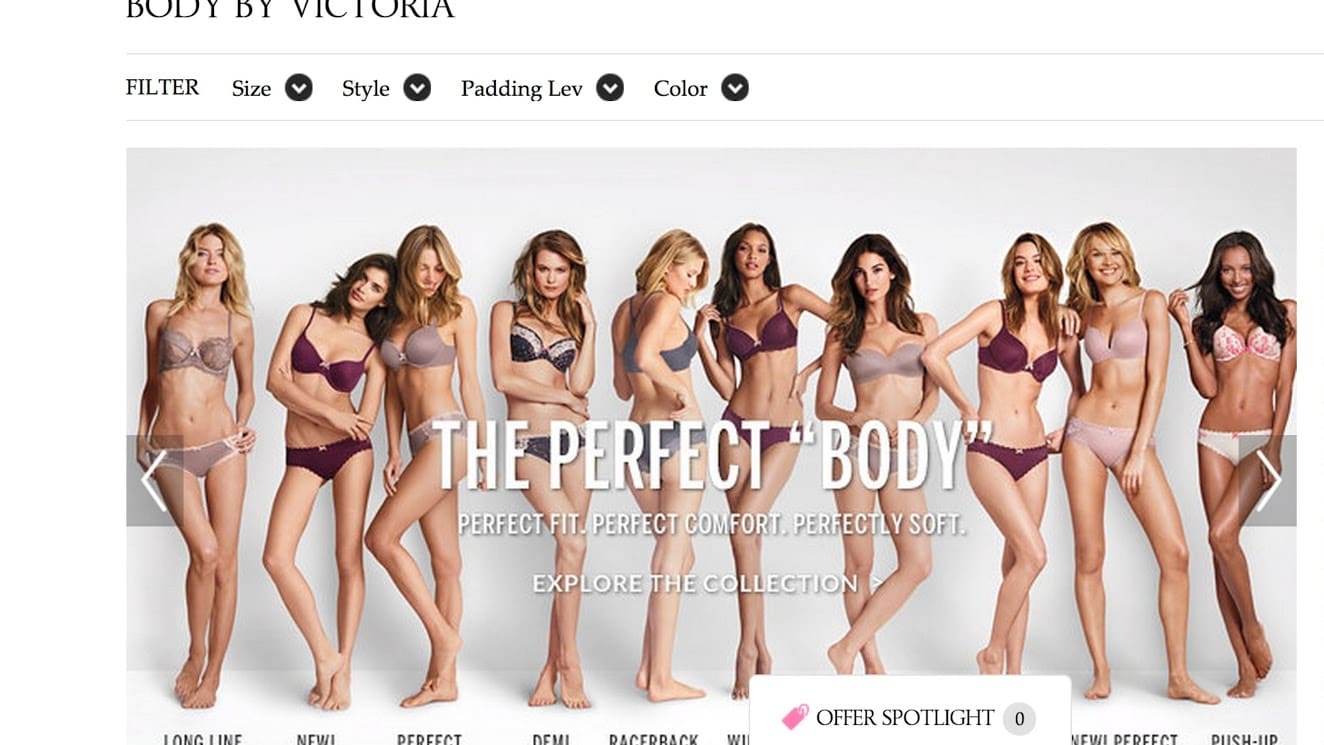
More Controversial Than Bono’s Glasses – U2: Putting your brand in people’s faces is a guaranteed way to improve brand awareness. Forcing your brand down people’s throats generally makes people nauseous. Such was the case with what may have been 2014’s biggest campaign failure. U2, the international award-winning rock band from Ireland, thought it would be a good idea to give away their newest album for free. Everyone likes free stuff, right? Well, sometimes… In this particular case, iTunes forced users (all 500 million of them) to download the album whether they wanted to or not. The criticism was heard around the world as users complained about the intrusion on their digital lifestyles and the completely wrong presumption that everyone would want U2’s new album. “[We] might have gotten carried away with ourselves,” admitted Bono. We can only assume it came as a shock to U2 that not everyone is a fan of their music.

U2 photographed by John Wright
Up a Creek, No Paddles in Sight – BLACKBERRY: In 2007, the Blackberry smartphones were constantly referred to as ‘Crackberry’s’ thusly called because of their popularity and user addiction to the device. Before iPhone popped onto the scene, Blackberry was the most popular mobile device on the market. There was no one single campaign that destroyed the Blackberry brand. Instead they’re looked upon as the geeky friend who was late to the party. Believing they had the best product on the market, even after iPhone and Android phones were released, they were constantly behind the times producing archaic devices backed by stale marketing campaigns that did nothing to generate a ‘cool’ factor. Their failure wasn’t so much in the execution of brand marketing, but rather the lack of it. With sales continuing to crumble and every new device failing to launch, Blackberry announced in 2013 that they had missed their sales estimates by over 50% which resulted in 4,500 employees getting laid off.
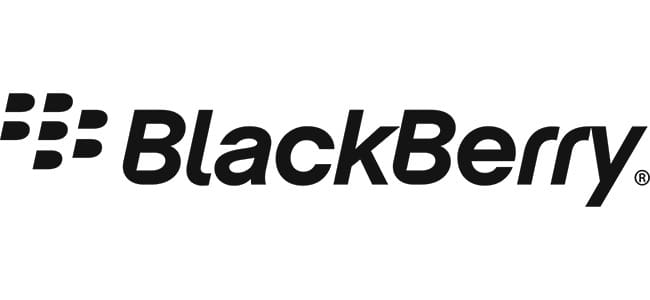
THE HONORABLE MENTION
Curiosity Killed this Ad Campaign – FORD SPORT KA: This doesn’t fall into a winner/loser category because it theoretically never officially happened. in 2004, designed to be an online viral video, advertising agency Ogilvy & Mather created controversy with a video that depicted a cat being decapitated by a Ford SportKa sunroof. Ford’s saving grace was that they never approved the video but it appeared online nethertheless. The backlash was swift from the animal rights groups who failed to find the humor in the death of a beloved family pet. Retractions were published, denials were made, but thanks to YouTube it’ll be on the internet forever.
CONTROVERSIAL CONTENT
There are ways to use controversial content so it doesn’t destroy your brand. The Dove ‘Real Beauty’ campaign being a prime example of this. It caused conversation, questions, and pushed the boundaries of social perception. As a brand you need to decide what buttons you want to push and what you want to see happen as a result.
Controversy is more interesting to watch and talk about than normal run-of-the-mill content. It evokes emotions, reactions, and interaction and, as a brand, you want this. Just be careful to A/B test your campaigns and utilize focus groups before rolling anything too crazy out to the general public.
FINAL THOUGHTS
“The conscious and subconscious reaction to your brand is the cumulative effect of the impact of the brand touch points that an individual has experienced. It’s as complicated as neuroscience while concurrently being as simple as a gut reaction. The bottom line is the profitability of your company depends on your brand being memorable and producing an emotional response from your existing and potential customers. Memorability must underline your brand strategy and, in most cases, you need to push the envelope and accept the risk that comes along with being memorable.
The keys to mitigating this risk is to understand your customer and understand your brand; if your customers like it but people who are not, and will likely never be, your customers don’t, then relax and enjoy your success. But if the complaints come from your core customer base then it will be time for damage control and creatively turning a challenge into an opportunity.” – Robin Chakrabarti, President, Empresario Capital Partners
WHAT WE’VE LEARNED (Do’s and Don’ts)
- Don’t decapitate any cats (or any other animal)
- Do take risks, but calculate them carefully and test, test, test!
- Don’t tell people how they should look and feel. People want to come to their own conclusions.
- Do take your brand seriously and prove how serious you are by how you act and present your company/service/product
- Do not listen to U2, they’re pushy.

